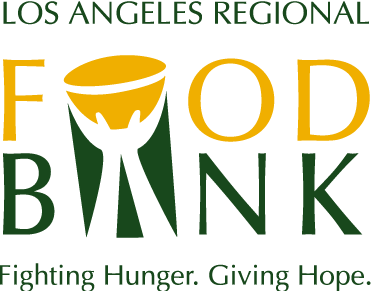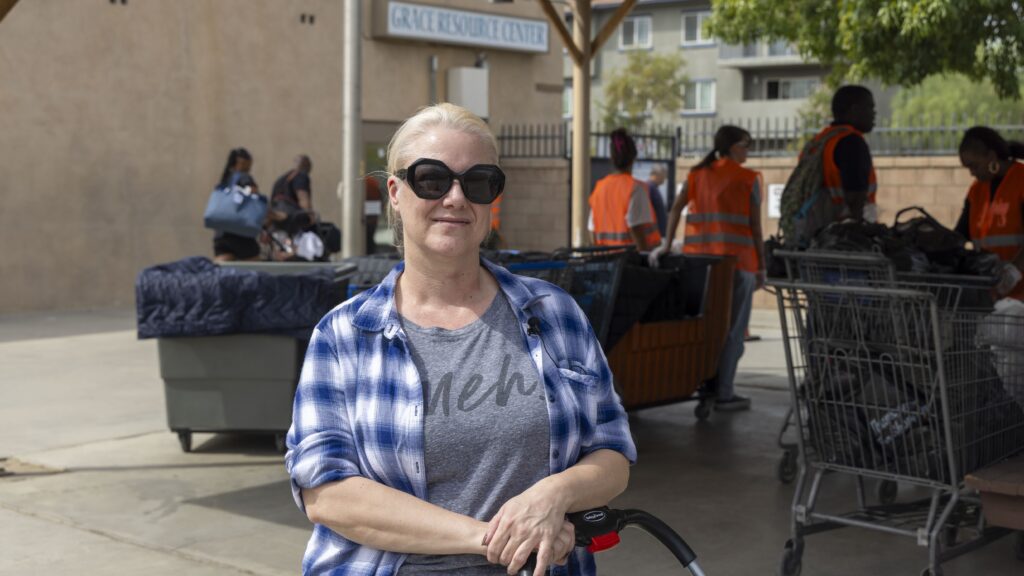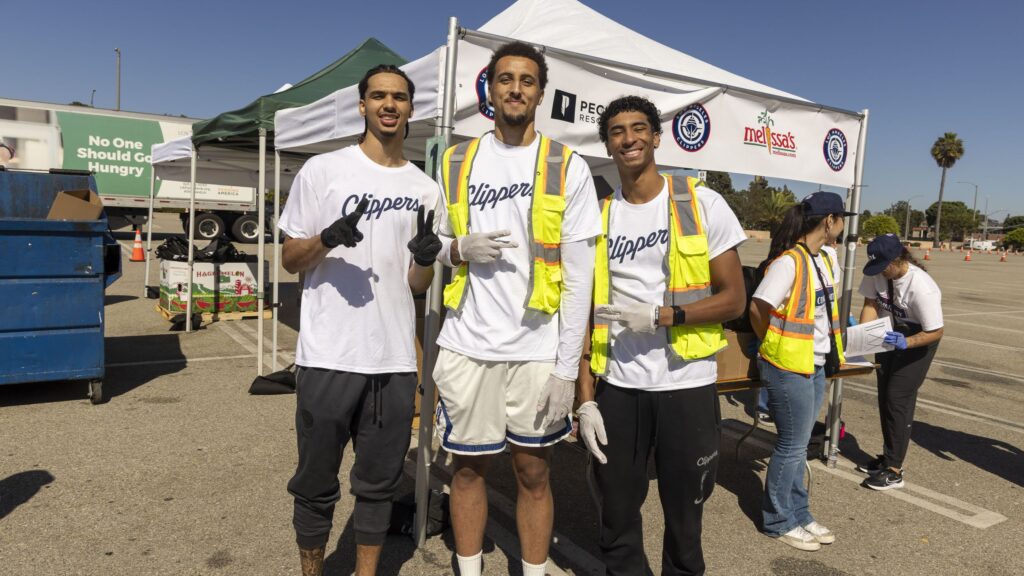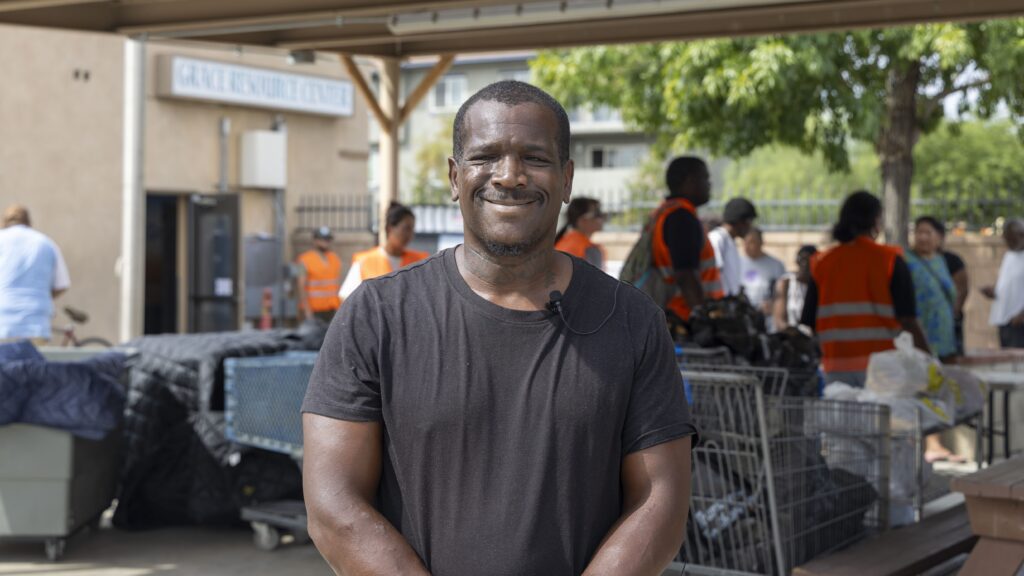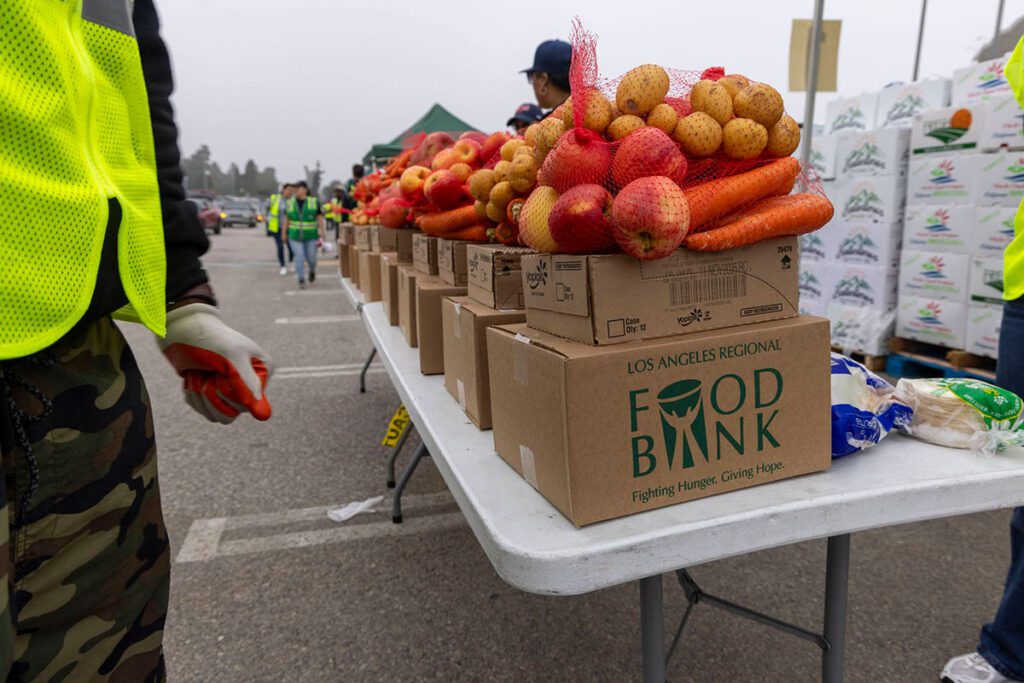Is the Rate of Food Insecurity on the Rise?
Is the Rate of Food Insecurity on the Rise?
According to a recent study by the USC Dornsife College of Letters, Arts and Sciences’ Public Exchange, 37% of low-income individuals in Los Angeles County experienced food insecurity in 2022, 10 points higher than a pre-pandemic study in 2018. The study analyzed data from a survey of 1,200 Los Angeles residents conducted in 2019 and a follow-up survey of 1,000 of those residents in 2020.
A CNBC article released on February 14, 2023, revealed that the general inflation rate for January 2023 rose by 6.4%, exceeding expert forecasts. The inflation report for January also disclosed that the cost of food continued to surge, with a rise of 11.3% for food at home and 8.2% for food away from home.
In order to combat the rising rate of food insecurity in our County, the study suggests policymakers implement an increase in benefits like CalFresh, or SNAP, as it is known nationally, as well as expanding access to healthy food options in low-income communities.
This comes at a time when the CalFresh Emergency Allotment benefits ended in March 2023, causing families to lose up to $246 per month in extra funds, and pushing many to seek food assistance from organizations like the Los Angeles Regional Food Bank.
The Food Bank collaborates with hundreds of partner agencies to offer food assistance to hundreds of thousands of people in LA County each month, including both CalFresh program participants and those who are not eligible for it. During these distributions, individuals have access to a wide range of items such as fresh produce, canned and packaged goods, dairy products, meats, and even household essentials that may not be covered under CalFresh.
- RELATED STORY: What is and isn’t covered with CalFresh?
In a recent interview, ABC7 attended a drive-through distribution at Foothill Unity Center in Pasadena, one of the Food Bank’s partner agencies. There, a family was picking up food after their CalFresh funds ran out the previous week. It’s thanks to distributions like the one at Foothill Unity Center that families like this one are able to pick up food to feed their families.
Many people in the community have relied on the emergency CalFresh benefits to help provide food to those in need. However, with the benefits ending, people are concerned about how they will continue to access nutritious food for themselves and their families.
If you would like to be part of the solution, consider donating to the Food Bank and helping individuals and families when they need it most.

